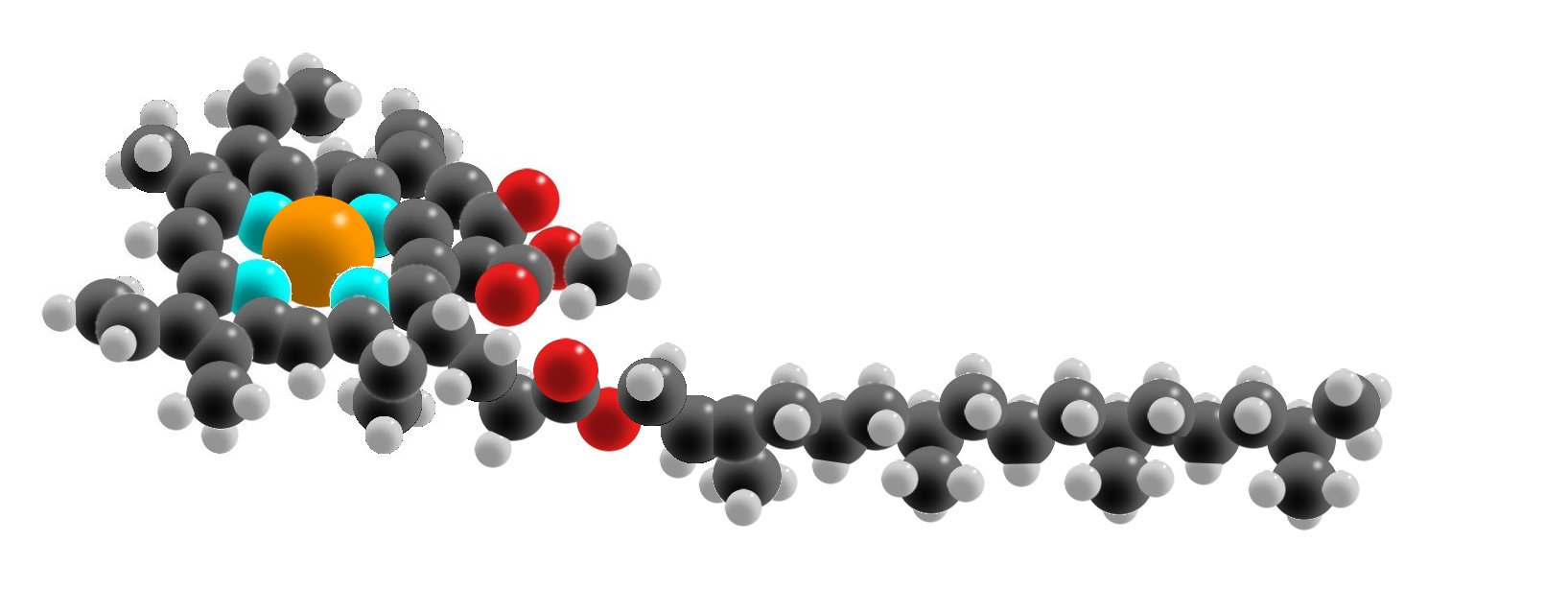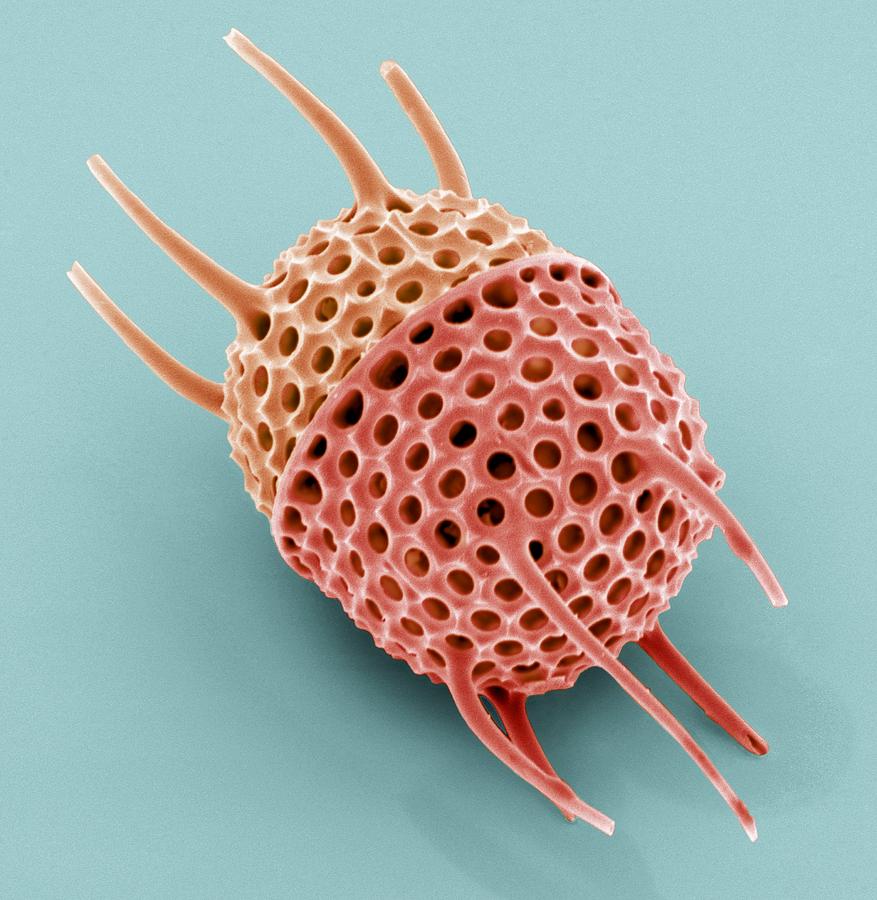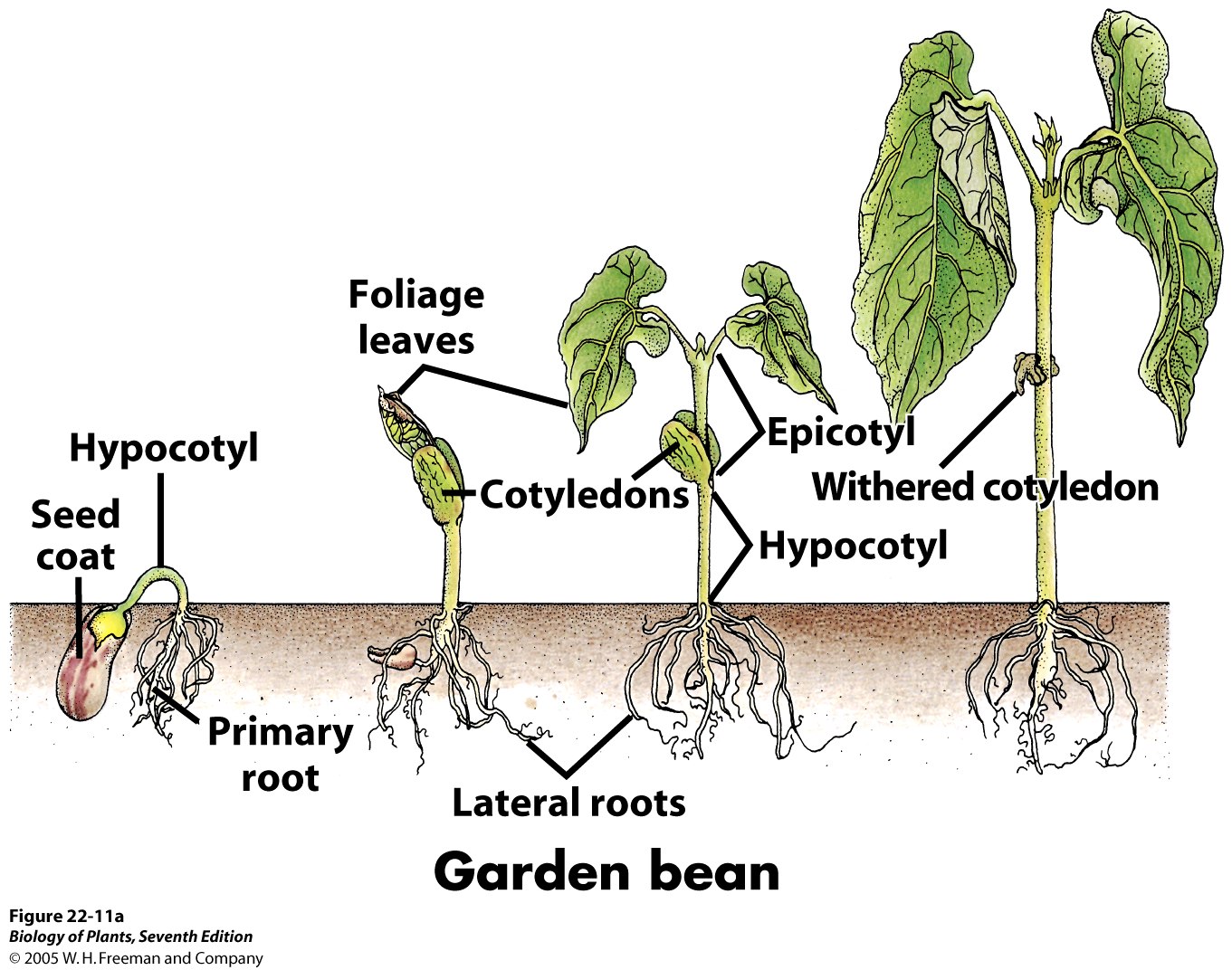 |
| Cloning Procedure |
2- An unfertilized egg is taken from another organism. Nucleus of the egg is removed.
3- The nucleus from the donor cell and the egg cell without cytoplasm are fused together.
4- The new cell is developed in vitro then placed in surrogate mother.















































